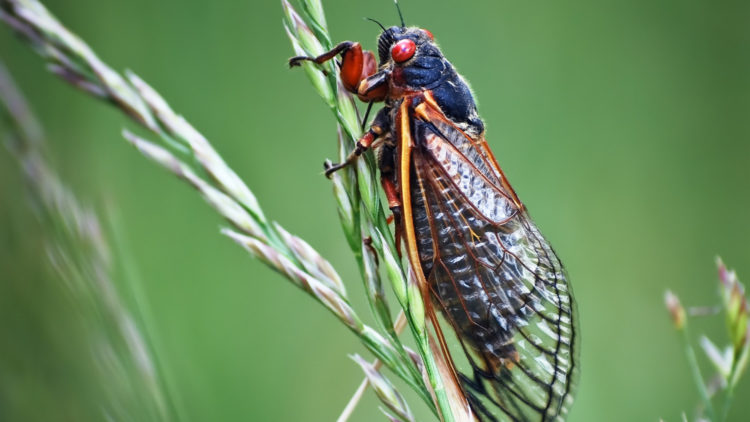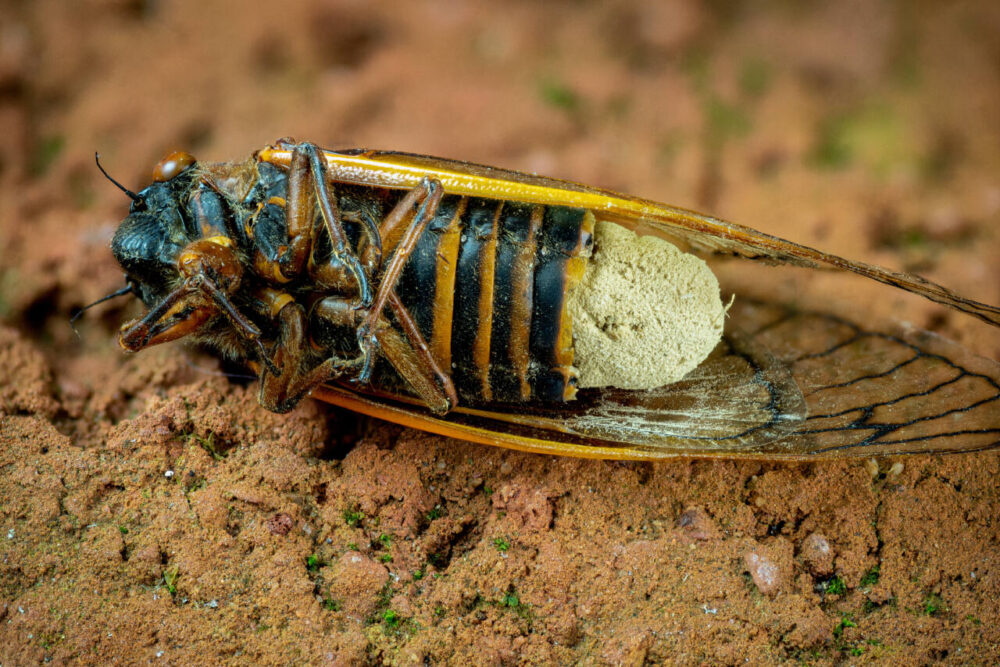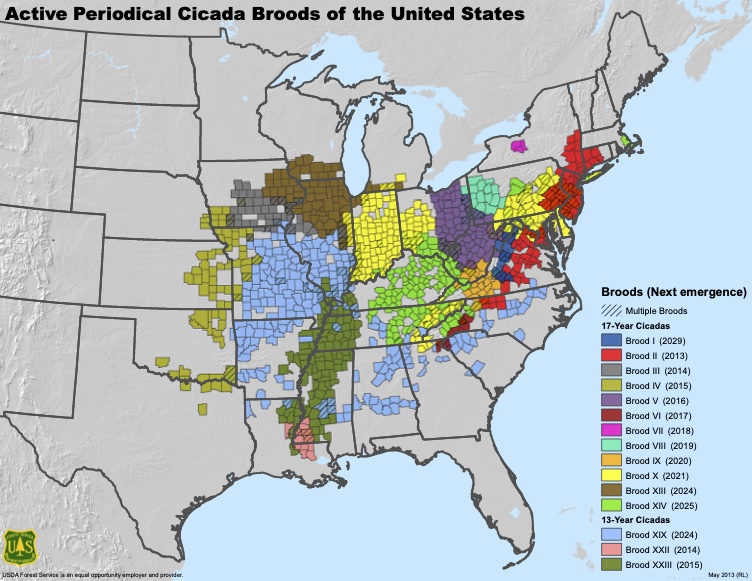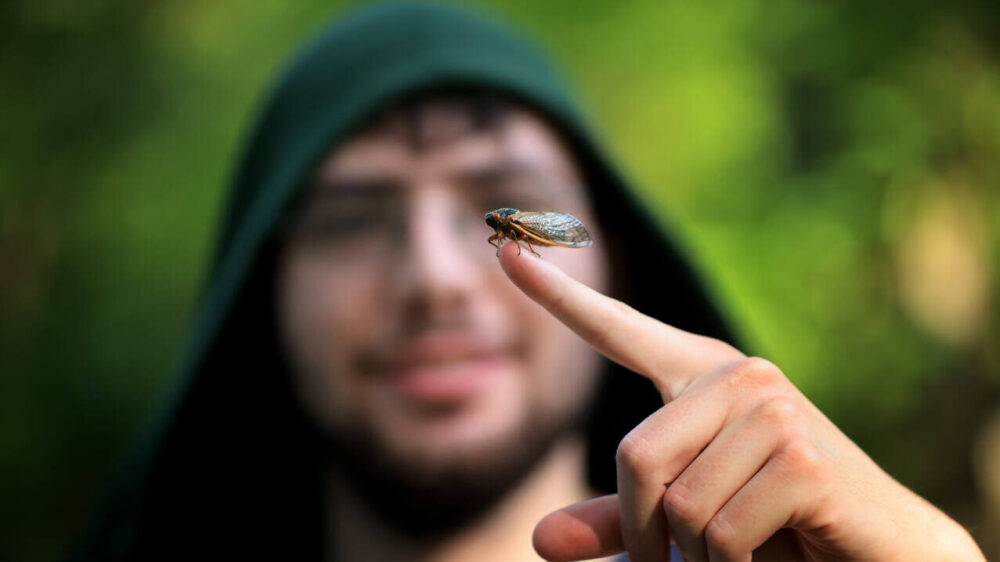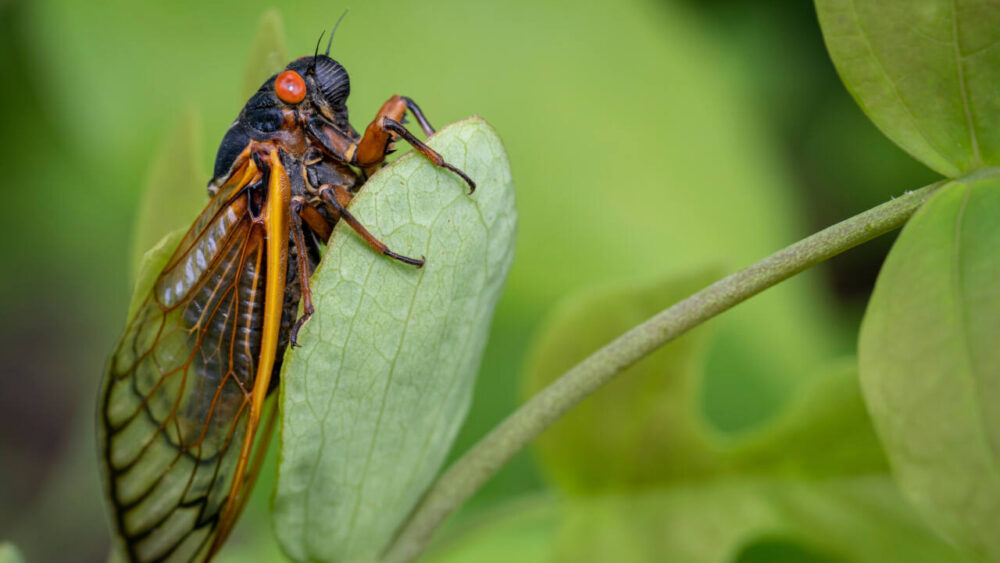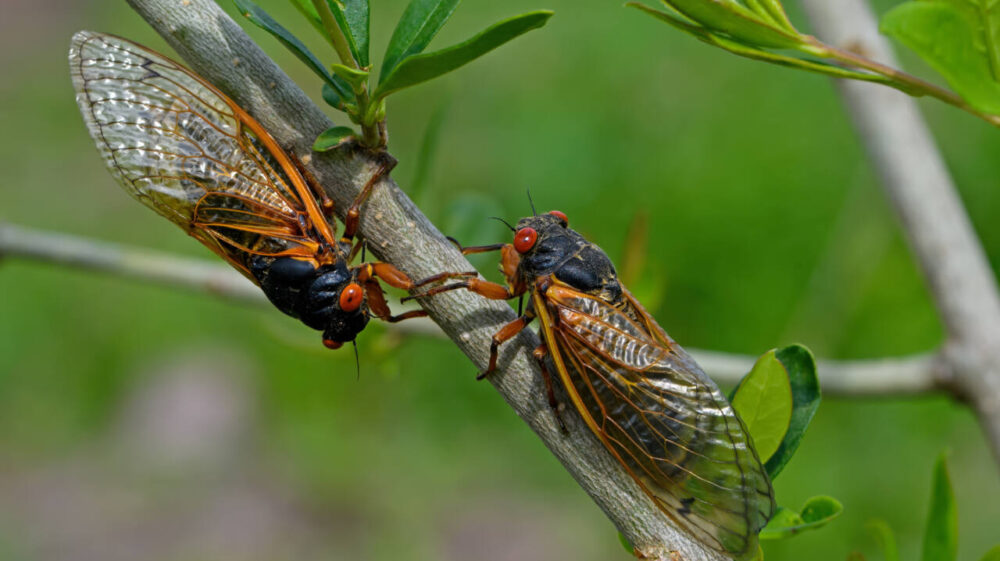This map shows where trillions of cicadas will emerge in 2024
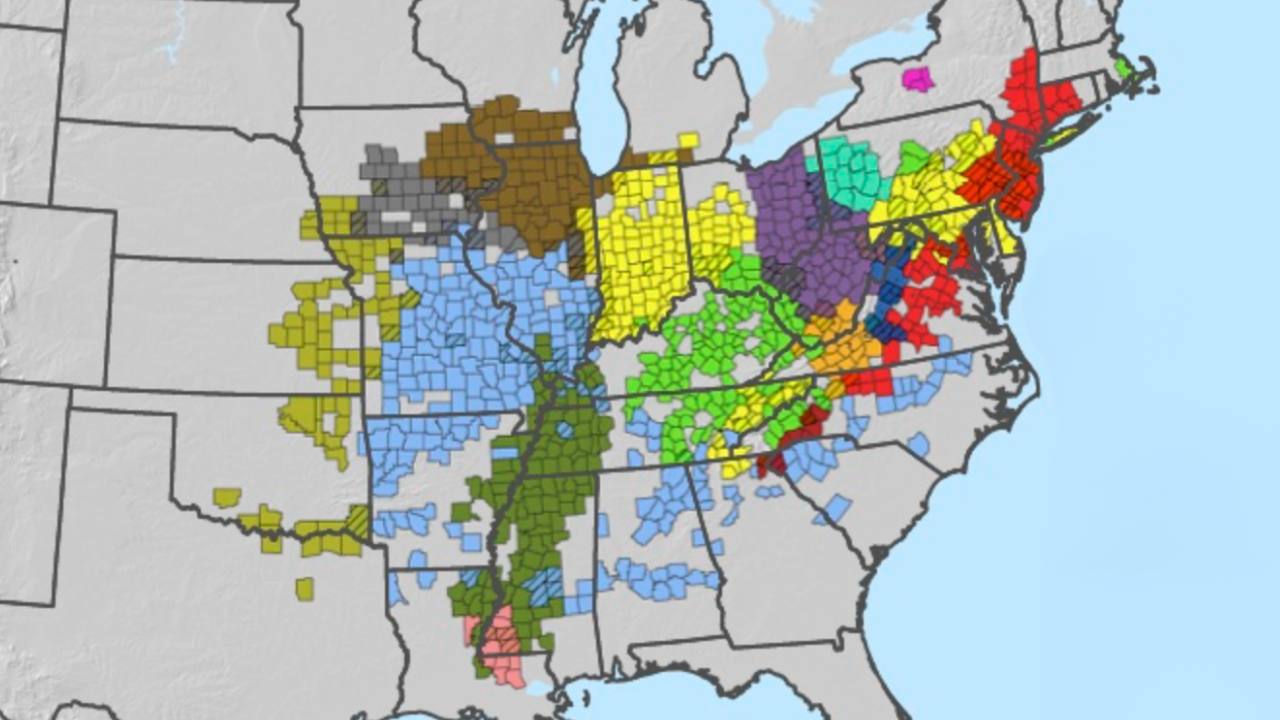
Now that the eclipse has passed us by, another major natural phenomenon is on deck in the U.S.: The emergence of billions — perhaps trillions — of periodical cicadas, beginning this spring.
This year is extra-special because two separate groups of cicadas, dubbed Brood XIX and Brood XIII, are expected to show up at close to the same time in some places. Brood XIX is the largest of the periodical cicada broods, so its virtually simultaneous emergence with the smaller Brood XIII means billions if not trillions cicadas will appear as the weather warms.
Wooded areas in the affected regions will be filled with the lovelorn songs of amorous male cicadas. And then, shortly thereafter, filled with the crunchy carcasses of dead cicadas, their long life cycle complete. Read on for more about these unique creatures, and find out if they’ll be swarming over your state this summer.
MORE: How long will the cicadas be around?
Periodical Cicadas: The 2024 Broods
This year’s double emergence is a rare coincidence: Brood XIX is on a 13-year cycle, while Brood XIII arrives every 17 years. These two broods haven’t emerged together since 1803.
Before Abraham Lincoln was born, in other words.
MORE: How to get rid of cicadas, according to bug experts
These cicadas hatched years ago, and ever since have quietly feasted on liquids from tree and plant roots. When the soil temperature in their neighborhood reaches 64 degrees, the nymphs make their way to the surface.
Once above ground, the nymph cicadas go through a final molt. The adult cicada is an inch-or-so long with a hard shell, red eyes and see-through wings. Males develop the structures needed to belt out their distinctive mating calls. After mating, the females lay eggs in trees. Three to four weeks after coming aboveground, the adult cicadas die. En masse.
MORE: Do cicadas bite? Prepare for spring’s incoming swarm with these tips
Brood XIX, the larger and more southern of the two broods, is expected to emerge in late April to mid May, while Brood XIII, the Northern Illinois brood, is expected to emerge from mid-May into June, University of Missouri Extension reports.
What Happens When Cicadas Emerge?
For the environment, the cicada emergence is a boon. Animals that eat insects hit the jackpot, either catching and eating the live cicadas or feasting upon dead ones they encounter.
In heavily wooded areas, where the cicadas will be most abundant, heaps of dead cicadas break down and nourish the soil. And for the entomologists and other insect fans of the world, the 2024 cicada emergence will be an uncommon thrill, as trillions of the bugs are expected.
“It’s really exciting,” Catherine Dana, a University of Illinois entomologist, told The Guardian. “I’ve been looking forward to this for many years … I like to remind people that this is a wonder of the natural world. You just don’t see this biomass of terrestrial life anywhere else.”
The civilians of the world may not be looking forward to the grisly sight of rather large, dead bugs everywhere. But the good news is that, despite their staggering numbers, cicadas pose no threat to humans, livestock or crops.
Cicadas 2024: The Map
If you live in one of the cicada’s usual habitats — like in the Midwest, Mid-Atlantic or southern states — you’ve probably already seen a cicada or two (hundred) in your life.
This map from the U.S. Department of Agriculture shows emergent cicada broods across a 16-year span from 2013 to 2029 — including the 2024 cicadas.
University of Missouri Extension narrowed the USDA’s cicada map down to show only the two broods that will emerge in 2024: Brood XIX is shown in blue, and Brood XIII is shown in brown.
Brood XIX will be more widespread, emerging across southern Illinois, much of Missouri, northwestern Arkansas and in pockets across several other states to the east. Brood XIII covers northern Illinois, southern Wisconsin and eastern Iowa.
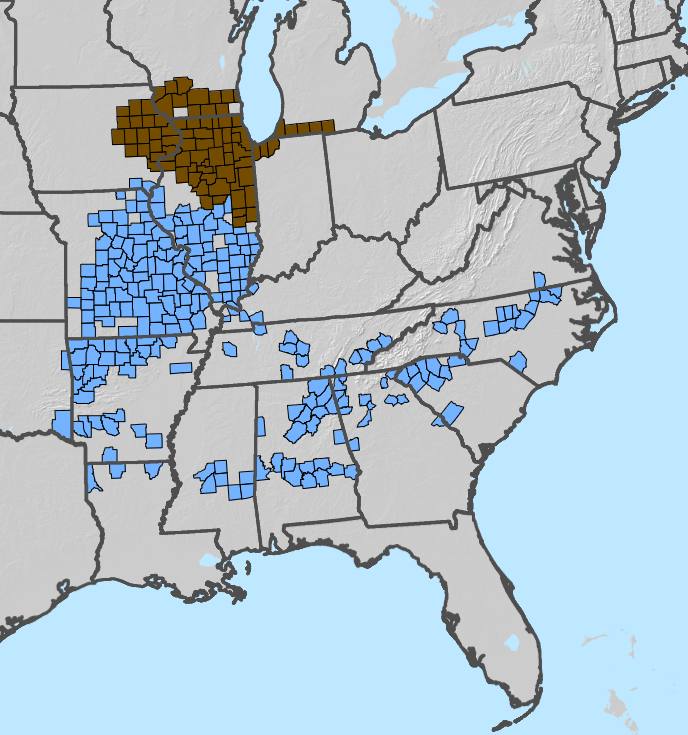
As you can see, there’s little to no geographical overlap between the different broods emerging this year. Analysis from University of Connecticut notes that there could be co-emergences in patches of woods, and the most likely place for this to happen is around Springfield, Illinois. University of Missouri also noted that cicada “stragglers” can make their way to unexpected places, giving a small boost to the local cicada numbers and highlighting the limitations of making maps for the insects.
So, since Cicadas don’t read maps, you could get some periodical friends where you live, even in years that don’t show a brood in your area.
But there’s not much you can do about it, right? Pour a glass of lemonade, pull up a lounge chair (preferably under an umbrella due to falling cicadas) and enjoy the summery sound of bugs in love.


